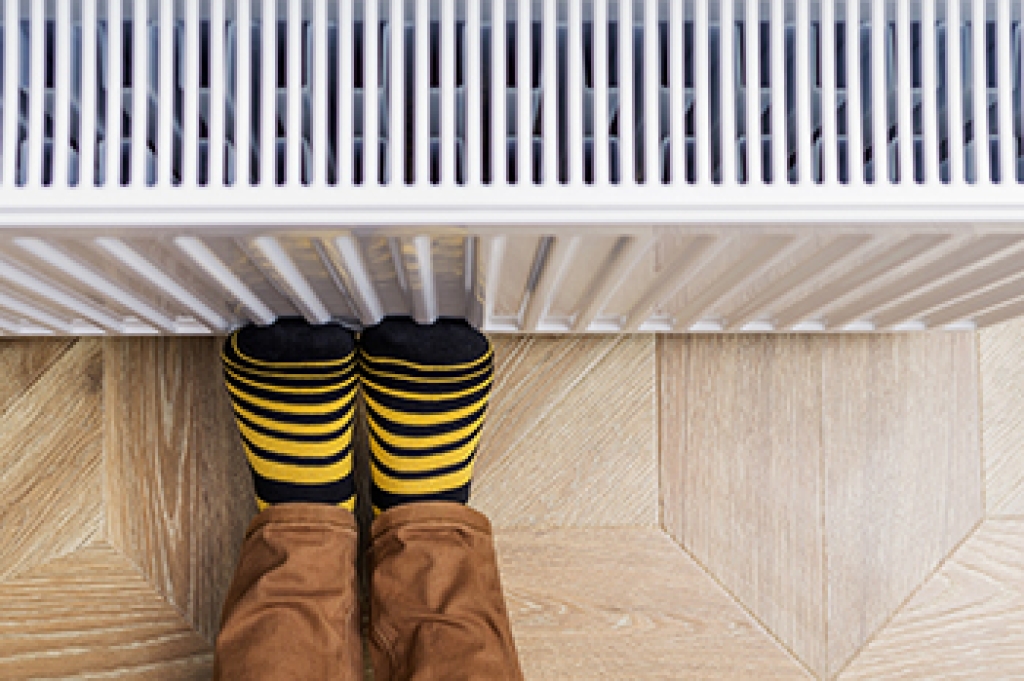
Everyone experiences cold feet at some point, but chronic cold feet may be the result of an underlying condition. Symptoms to look for include numbness, tingling, or a feeling of pins and needles. Changes in foot color, from purple-blue to pale white also may be seen. Women, seniors, and people with poor circulation are prime candidates for chronic cold feet. One cause of cold feet is atherosclerosis, or hardening of the arteries, which restricts blood flow to the extremities. Other causes include nerve damage, hormone imbalance, and certain infectious diseases. Anemia (Iron-poor blood), an underactive thyroid, and low body fat may also contribute to cold feet. If the symptoms of cold feet do not go away or are interfering with your daily activities, please visit a chiropodist who can conduct a thorough exam to determine the possible causes and offer treatment solutions.
When blood flow to a specific part of the body is reduced, you may experience symptoms of poor circulation. Poor circulation is most common in your extremities, like your legs and feet. Please consult with one of our chiropodists from West Toronto Foot & Ankle Clinic Inc. . Our chiropodist will assess your condition and provide you with quality foot and ankle treatment.
Causes
Poor circulation isn’t a condition in itself. Instead, it results from other health issues. Therefore, it’s important to treat the underlying causes:
- Peripheral artery disease (PAD)
- Diabetes
- Blood clots
- Varicose veins
- Obesity
- Raynaud’s disease
Symptoms
Symptoms of poor circulation may include:
- Numbness
- Tingling
- Throbbing or stinging pain in limbs
- Pain
- Muscle Cramps
Diagnosis
A chiropodist will perform a physical exam to detect pain and swelling, as well as an antibodies blood test to detect inflammatory conditions, such as Raynaud’s disease. It’s important to disclose any known family history of poor circulation and any related diseases. A blood sugar test, blood pressure test, ultrasound, or CT scan may also be performed.
Treatment
Treatments for poor circulation depend on what is causing it. Compression socks may be used to reduce pain and swelling. An exercise program may be recommended to improve circulation. Various medications may be prescribed to manage underlying conditions that may contribute to poor circulation.
If you have any questions please feel free to contact our office located in Toronto, ON .
